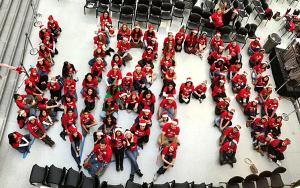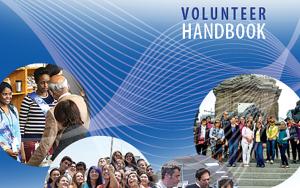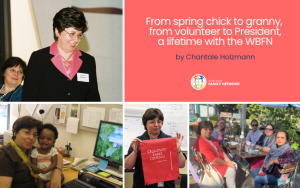Transitions-Care Tips for Parents Preparing to Move
If you are preparing to move to another posting for the World Bank with your family, you may want to reflect on what it means to be the Leaver and how your departure can impact those you and your family are leaving behind.
In schools, the Leaver is the student running around the playground, clutching their cultural memento half-filled with signatures and well wishes from staff and students, saying heartbreaking goodbyes to beloved people, places, and possessions. Meanwhile, the Stayer is the student who is left behind. Stayers are also thrown into transition, even if their suitcase remains in the closet.
For most globally mobile kids “the collection of significant losses and separations before the end of adolescence is often more than most people experience in a lifetime,” according to co-author Ruth Van Reken.1
How can you best support your children who are Leavers and those who are Stayers?
1. Comfort First — Although it may seem tempting to smooth over any upset feelings, encouragement can actually trigger shame and frustration rather than true comfort. Instead of telling children it will all be okay, ask them how they really feel and then truly listen. In our attempt to protect our children from any possible pain caused by moving, we are quick to ‘help’ them look at the bright side of things. By allowing them to accept and work through their own emotions, whatever they may be, we are actually avoiding unresolved grief that can manifest itself much later. Your children do not necessarily need you to cheer them up about the move, but they do need to feel heard, especially by you.
2. Give Them Time — Children need time to adjust. Although you may need to consider a variety of factors before you inform the children of your upcoming move, it is incredibly important that the children learn about their move from you first. Ideally, let them know at least two to three months in advance so that they will be able to say meaningful goodbyes while preparing to start a new chapter in their lives. Choose the moment to tell them carefully so that you know you can be there for them. Equally, it helps those who stay to know a few months ahead when their friends are leaving so that they can prepare to say goodbye as well.
3. Meaningful and Grateful Goodbyes — Moving means saying goodbye and saying goodbye means that there will be grief. Acknowledge the grief and use it as an opportunity to discuss the meaningful relationships your child has built. Help them build a RAFT2:
1 Pollock, D.C. and Van Reken, R. E. 2017. Third Culture Kids: Growing Up Among Worlds, Boston: Nicholas Brealey Publishing.
2 Pollock, D.C. and Van Reken, R. E. 2017. Third Culture Kids: Growing Up Among Worlds, Boston: Nicholas Brealey Publishing.p.240.
If you and your family are staying, “Move AFT on your RAFT,”3 says Doug Ota, founder of Safe Passage Across Networks, by answering the following questions:
- Actions – What am I actively doing to say goodbye, connect with others, and get involved?
- Feelings – Why do I feel sad to see my friends leave? Do I feel okay about making new friends? How do I feel about my life here?
- Thoughts – Am I preparing to see my friends go? Am I ready to make new friends? Do I belong here now? Refer to Step 2 if necessary.
4.
Give them the cross cultural language — Explain to your children that there is a whole community of other children who grow up cross culturally. They will quickly identify with others who have a similar upbringing growing up in various cultures, speaking different languages, and not feeling a sense of belonging to one particular place. Knowing, and understanding the cross cultural language will give them life-long skills to navigate a cross cultural life.
For more information on transitions-care, please visit Safe Passage Across Networks. Safe Passage Across Networks (SPAN) offers a home to anyone committed to healthy transitions and attachment security. We connect, equip and refresh transitions-care providers through training and consulting.
3 Ota, D. W. 2014. Safe Passage: How mobility affects people & what international schools should do about it. UK: Summertime Publishing.







